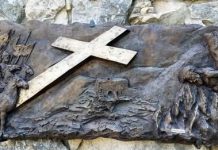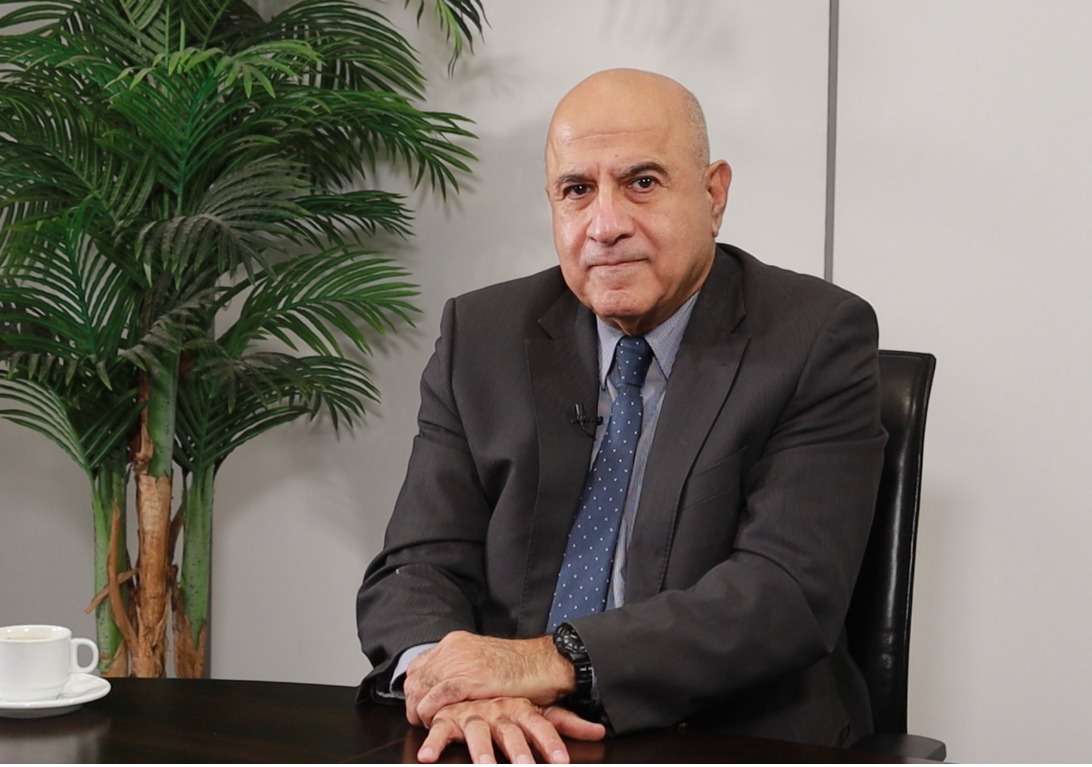Libya, a new terror theatre in a larger arena
Eyad Abu Shakra/Asharq Al Awsat
Saturday, 21 Feb, 2015
The horrifying seaside slaughter of 20 innocent Egyptian Copts and one Ghanaian opens a new chapter in the war against wanton terrorist violence, whose perpetrators are hell-bent on pushing Islam—as a whole—on a collision course with world civilizations. This crime, the worst I have ever seen, also opens a war front with Libya, which, along with Yemen, is the least cohesive and most vulnerable political entity in the Arab world.
Taking a short stroll down memory lane to the days of my youth in pre-war Lebanon, I vividly remember a time when it was possible for any young man or woman—free of the shackles of a sectarian and bigoted upbringing—to have the opportunity to test a wide spectrum of ideologies that were competing in the political arena. High schools and universities used to be the favorite places for political debate and party recruitment. Their coffee shops and bars used to host heated political arguments between committed partisans, as well as curious skeptics, and a non-committed youth using politics as an excuse to mingle with members of the opposite sex. In those days most Lebanese political parties had their own “student organizations” and key recruiters would register at universities that did not adopt the American credit-hour system just to carry out their party tasks, without bothering with any study.
In those days, I remember well how I learnt more about the Syrian Social Nationalist Party (SSNP), which was one of the leading secular, nationalist, and liberation-driven political organizations in the Arab Mashreq. The SSNP was particularly attractive to and popular with religious and sectarian minorities, as well as secular elites, who rejected traditional politics but shunned both Marxism and capitalist Western liberalism. Founded by the “leader” Antoun Saadeh, the SSNP was successful in making a breakthrough in several parts of “Greater Syria”, namely, present day Lebanon, Syria, Palestine-Israel, and Jordan (then Trans-Jordan).
During that period I was unsure about where the SSNP stood on the issue of Arabism or Arab Nationalism, especially as it professed the notion of “Syrian Nationalism”, but whenever I insisted on a convincing answer the SSNP party member would come back with the same ready-made response: The “Arab World” is made up of four “nations,” which are: the “Syrian Nation” (extending from Kuwait along the Fertile Crescent to Palestine & Jordan), the “Arabia and Gulf Nation” (i.e. the GCC states plus Yemen), the “Nile Valley Nation” (Egypt and the Sudan), and the “Maghreb Nation” covering most of North Africa.
However, I had a problem identifying the dividing line between the latter two, the Nile Valley and Maghreb nations, concerning where Libya stood. To which of the two socially and environmentally-designated “nations” did it belong? Libya’s historical province of Cyrenaica (or Barqa in Arabic) in the east, including its southern desert and oases such as Al-Jaghbub and Kufra, is a natural extension of Egypt’s Western Desert. There is barely any significant environmental or demographic difference between Libya’s Al-Jaghbub oasis and its close neighbor to the east Egypt’s Siwa oasis. Furthermore, the major tribes of Egypt’s Matrouh Province— including the Awlad Ali— also inhabit eastern Cyrenaica across the current borders. On the other hand, the province of Tripolitania, which includes the present capital Tripoli, is considered by many as an environmental and demographic extension of Tunisia and Algeria.
In ancient times the Greeks and Romans established great settlements in both Cyrenaica and Tripolitania in eastern and western Libya, respectively. Tripoli is in fact a Greek word denoting a large district comprising “Three cities” which were Oea (present day Tripoli), Laptis Magna (Labdah, in Arabic near Al-Khoms) and Sabratha. The name differs somewhat to the same name given to Lebanon’s Tripoli, which in this case denotes a “three-part city” or a district of a smaller size.
As time passed by, the two aforementioned coastal provinces became linked with the desert province of Fezzan, and later the three provinces witnessed various kinds of interaction, especially, after the Islamic-Arab conquests. Subsequently, during the twentieth century the three provinces were united under the Senussi religious leadership and the present day Libya was born; and despite the fact that the new state continued to have two capitals, Tripoli and Benghazi, for sometime, one national identity was eventually established. It was further cemented thanks to oil riches, urbanization and internal migrations, as single-tribe dominated towns decreased while larger, more mixed cities emerged. Today branches of the same tribe may inhabit various cities and towns across the vast Libyan territories. Major cities like Tripoli and Benghazi are truly diverse, as are smaller towns like Derna and Misrata; but other towns are less diverse such as Tobruk and Al-Bayda in the east, Bani Walid, Zintan and the Jabal Nafousa in the west.
The Gaddafi regime, like other Arab clan-supported “Supreme Leader”-led dictatorships, always lied when preaching “Arabism”, “Secularism” and “Socialism”, while meddling in the nation’s social fabric. Like other dictatorships it played on and exploited tribal, sectarian, ethnic and regional differences and sensitivities; thus fomenting widespread suspicion, fear and even hatred, which surfaced in a long subdued and maltreated population the moment the yoke of suppression was lifted.
As a result, it was not really surprising to see extremist organizations with dubious origins and intentions, such as the Islamic State of Iraq and Syria (ISIS), finding their way into the countries where the winds of change shook or brought down dictators. What we see today in Libya isn’t much different to what we see in Yemen and Syria. What we see is an “arena” created, first, by the huge void left by the collapse of autocratic cliques that have controlled and abused their countries and countrymen for more than four decades, destroying in the process most of the pillars of a civil society; and second, by inept handling by an international community whose short term interests have taken precedence over a strategic vision for a region that has several common denominators in spite of its vast geographic area.
The common ailments of Libya, Syria, Yemen and Iraq amount to more than the international community is willing to admit. However, if the West is now worried about the danger approaching southern Europe from a Libyan coast infested by extremist self-proclaimed “Islamist” groups, it must take a more ethical and strategic stance than it is currently doing.
Of course, Libya poses an imminent danger to Europe. Iran’s as yet hidden “collaboration” has not yet reached this far, (and may not do so), but Washington’s undeclared “partnership” with Tehran in Yemen, Syria, and Iraq will most likely increase the geographic, sectarian and social “incubator” of terrorism and extremism in Libya. Once again, the world would be better off if it stopped pouring kerosene on a raging fire.






















